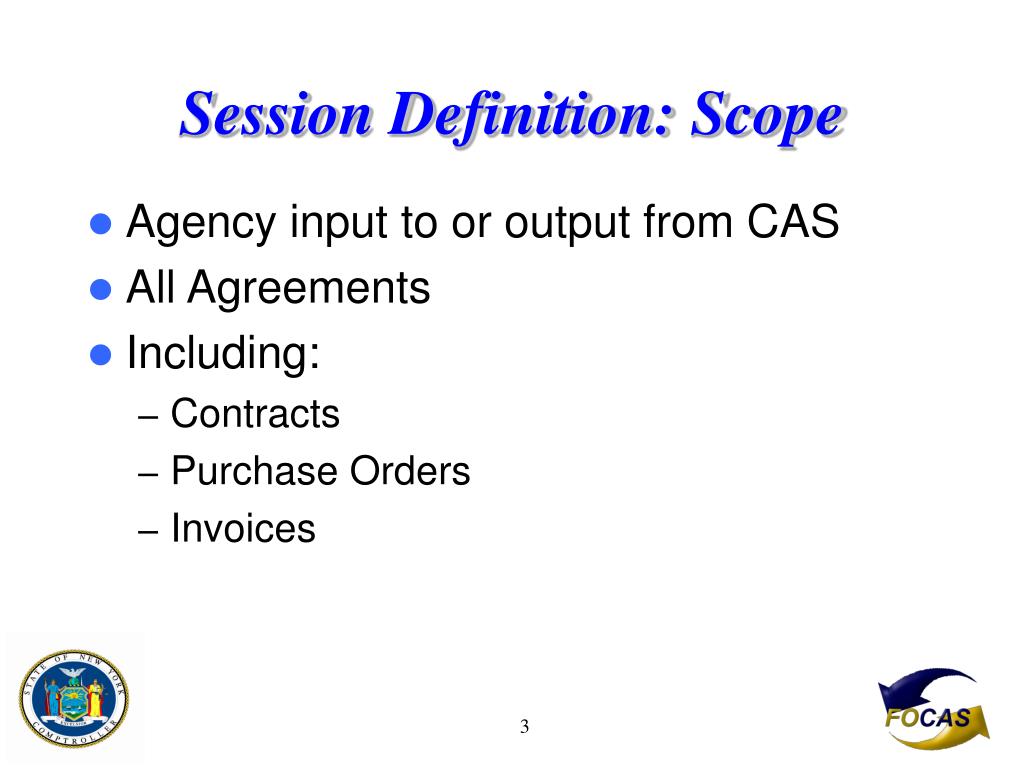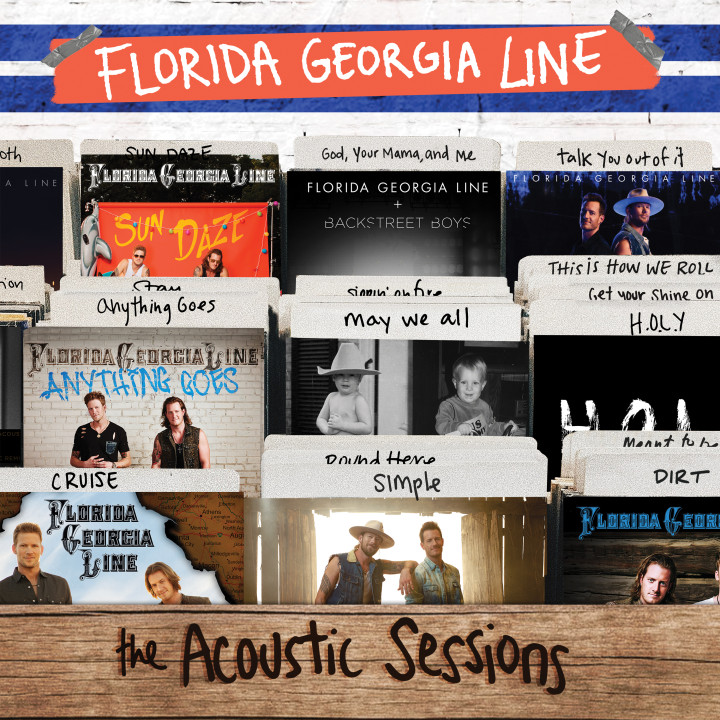

What’s the Difference between ‘Average Session Duration’ and ‘Time on Page’ in Google Analytics? Every session has an exit page, and if there aren’t many pages in the visit, the loss of that last page timing can have a massive impact on the total. In the extreme case of a “bounce” visit that has only one page viewed, the Sessions count is 1, but the Session Duration is 0!įor this reason, using Average Session Duration as a key performance indicator is not recommended, as fluctuations in the number of pages viewed per session, the number of bounces, and the number of sessions can all influence the metric. The Session Duration metric does not have the same capability to ignore the effect of exit pages. As a result, the higher your bounce rate is, the lower your average session duration will be. This means that all of our 0-second sessions that were the result of bounced sessions will weigh down the average session duration across all of our sessions. Average session duration is the total duration of all sessions divided by the total number of sessions. This is because we exclude the number of exits when calculating the average time-on-page, whereas all visits are taken into account for calculating the average session duration. While the time-on-page can never be greater than the session duration for a single session, we can often observe the opposite when considering the averages for multiple sessions. Average Session Duration Calculation Formula Wondering Why the Average Session Duration is much less than the Average Time-on-Page? The total time spent across sessions is divided by the total number of sessions to get the result. Average Time On Page Calculation Formula Average Session DurationĪverage Session Duration is used for measuring the average amount of time spent per session on a website.

It is restricted to the time spent on non-exit pages and does not include exit pages or bounces. Now that we are aware of the meanings of the terms “time-on-page” and “session duration,” let us move on to “average time-on-page” and “average session duration.” Average Time on PageĪverage Time On Page is used for measuring the average amount of time spent by all users on a single page of a website. Time on Page of the websiteīehavior > Site Content > All Pages report, which shows Avg. You can find your website’s average time on the page in a few reports, likeīehavior > Overview report, which shows overall Avg. Where can you find the Average Time on a Page in Google Analytics? Session Duration in Audience Overview report, Mobile report, Demographics report, Geo reports, etc. Other than these reports, you can see the metrics Avg. Those mentioned above are a few examples. Session Duration of each landing pageĪcquisition –> All Traffic –> Channels Report, shows Avg. You can find your website’s average session duration in some of the reports in GA that are related to how users view your website and pages, such as:īehavior > Site Content > Landing Pages report, which shows Avg. Where to find Average Session Duration in Google Analytics? The time-on-page for the last page, from where the visitor exits, will be zero. It is effectively the sum of the time-on-page for the different pages that a person visits on a website during a single session. Session duration takes into account the entire time that a person spends on a website. The session is timed out when there is no activity from the user for a predefined time duration (30 minutes by default). Session duration is defined as the time frame during which there are regular active interactions occurring between a user on a website. If the person exits the website without going to any other page, then the time-on-page is zero. Clicking a link to another page on the website is the trigger that causes the time spent on the previous page to be calculated. The time-on-page for a web page is calculated by the time difference between the point when a person lands on the page and when they move on to the next one. To begin with, let’s start by defining the terms “time-on-page” and “session-duration.” TIME ON PAGE We will discuss what they mean, how they are measured, and the kind of information they can provide about a website’s performance. In this blog, we will focus on two prominent metrics associated with web analytics: average time-on-page and average session duration. Tools like Google Analytics can help measure these attributes.

As more and more successful companies enter the data-driven digital growth phase, metrics that measure how visitors interact with a website and how many visitors interact with a website are gaining importance as a KPI or a measurement of the success of a brand website.


 0 kommentar(er)
0 kommentar(er)
